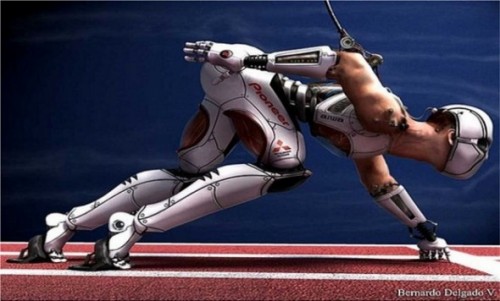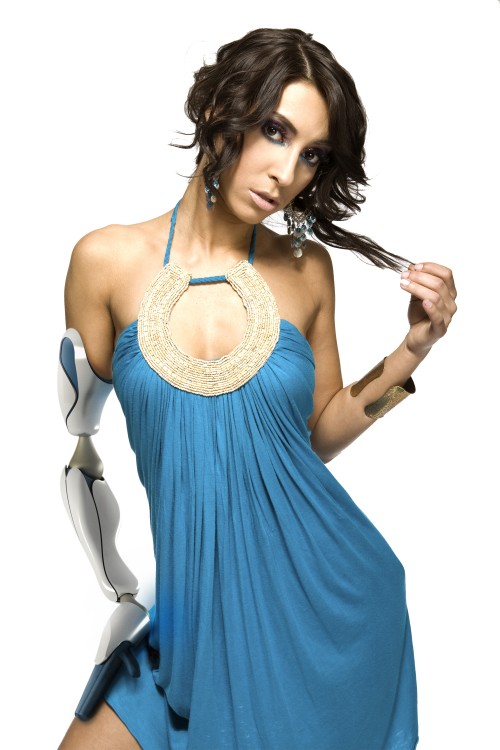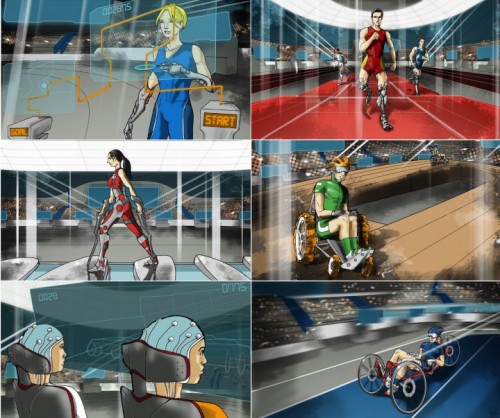Robo Sapiens: Witnessing the Evolution of the Human Race

In many ways, the human race has advanced radically in a very short period of time. People born with missing limbs can now live full and “normal” lives, as can those who have suffered injuries and amputations. This is a far cry from the days when an amputated leg meant either life with a peg for a leg or a wheelchair. Today’s amputees often receive fully functioning appendages that work and look almost as good as the biological parts they replace. Development and growth of robotics and technology sub-disciplines are needed in the biological arena to keep up with this amazing evolution of the human race.
I have been interested in this type of technology for a long time, seen in glimpses of the future by reading Robo Sapiens: Evolution of a New Species by Peter Menziel and Faith D’Aluisio in 2001. The authors wrote this book after traveling all over the world and seeing first-hand the work that was already being done. What they experienced convinced them that a world filled with smart creatures that appear human is not only possible, but is coming very soon. This book was soon followed by Flesh and Machines:How Robots Will Change Us by MIT roboticist Rodney Brooks, which offered a look inside the labs where robots were being developed, and 2005’s The Singularity is Near: When Humans Transcend Biology by Ray Kurzweil, where the author speaks of a world where humans and machines unite, allowing a combination of our history and feelings with technology’s greater capacity, knowledge and speed in the thought process.
We see examples of these technologies frequently in today’s world; soldiers returning from war are fitted with prosthetics that function so well that their disabilities are unrecognizable at times. In addition, prototypes of artificial organs to replace the spleen, lungs and pancreas have already been developed. There are also implants in development which connect the brain directly to a computer. For the most part, robotics has been limited to helping quadriplegics through the use of artificial limbs, but the potential for this technology is amazing, and we will undoubtedly find it being used for a wider range of issues. The lines between "bionic" and "biology" will definitely blur quickly as these new technologies assist humans to live better lives.
Bionic products are becoming mainstream; witness the fact that the Swiss are hosting an Olympics-style championship for bionic athletes called Cybathlon, in October 2016. With a range of events, the contests will challenge these athletes to be the best in the world at using their prostheses, powered exoskeletons and/or electrically stimulated muscles. There is even an event where pilots will be able to use special brain-computer interfaces to control a racing horse or a racing car on screen. These competitions will confer two prizes; one for the competitor, and the other for the developer of the equipment in use.
Cybathlon promises to raise awareness with the public about assistive technology and its potential, as well as to spur collaboration and development of new and better technologies. It is indeed a brave new world, and we here at the RobotShop are thrilled to be a part of all its fascinating changes.
Thanks for helping to keep our community civil!
Notify staff privately
You flagged this as spam. Undo flag.Flag Post
It's Spam
This post is an advertisement, or vandalism. It is not useful or relevant to the current topic.
This post is an advertisement, or vandalism. It is not useful or relevant to the current topic.
You flagged this as spam. Undo flag.Flag Post







